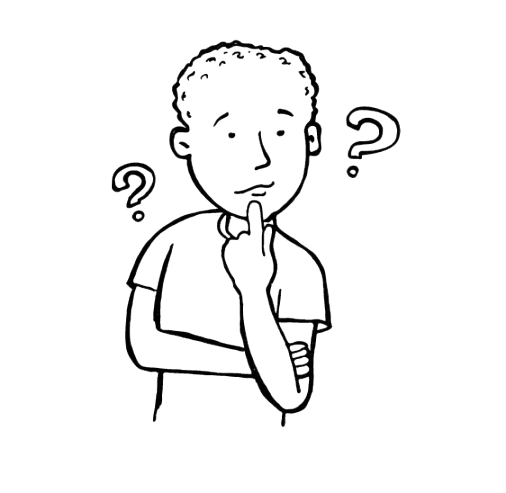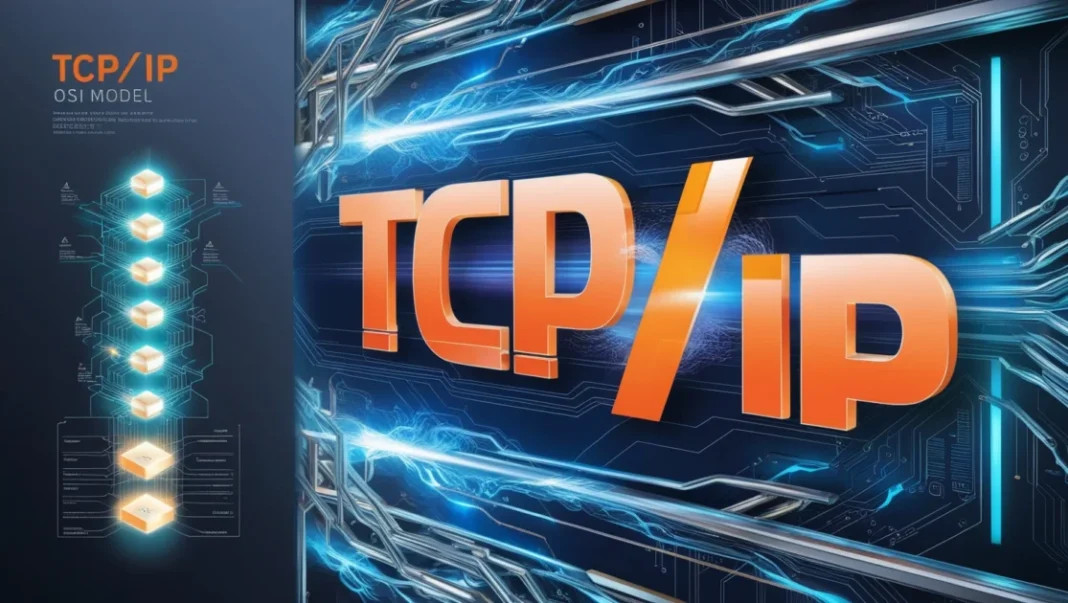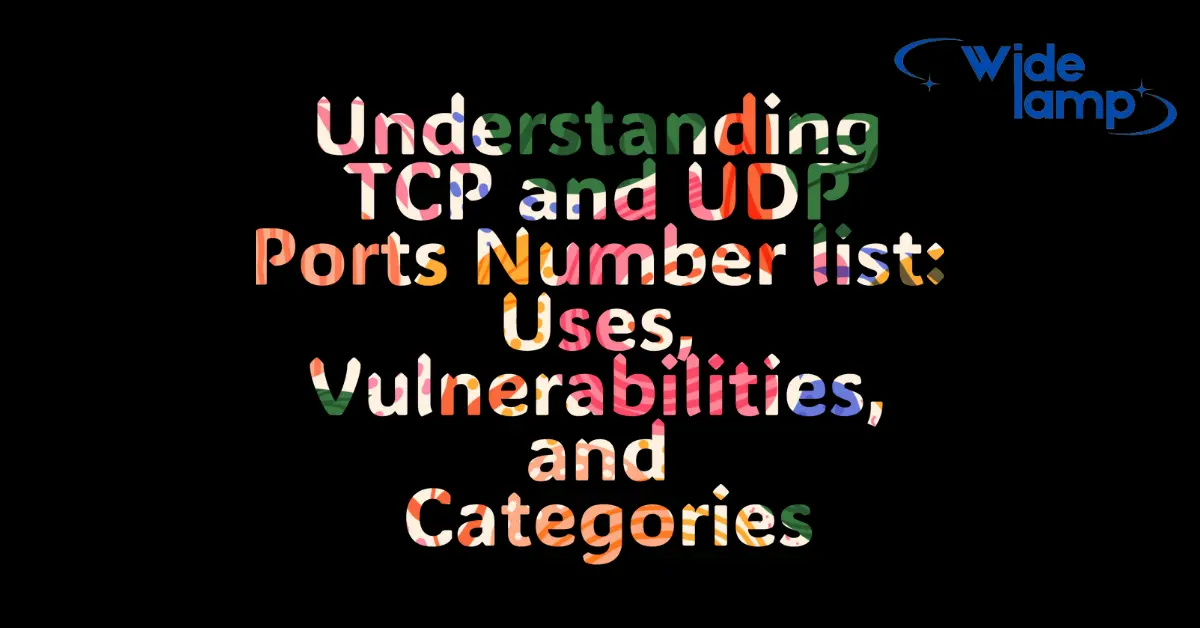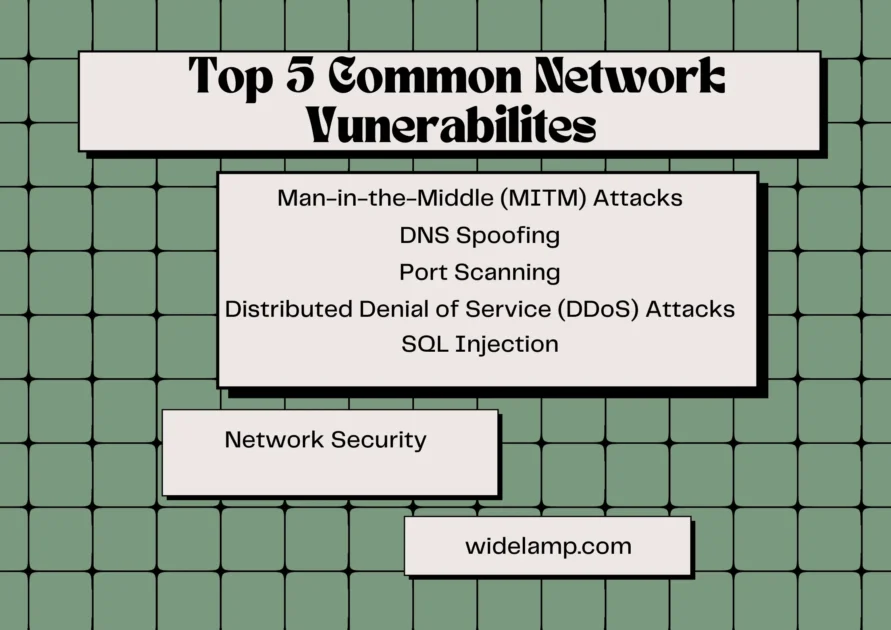|
Getting your Trinity Audio player ready...
|
What is TCP/IP
When we use the internet to send a message, browse a website, or watch a video, a lot of complex communication happens in the background. One of the main things that makes this communication possible is something called TCP/IP. But what exactly is TCP/IP, and how does it work? Let’s break it down in simple terms, using some relatable examples.
What Does TCP/IP Stand For?
TCP/IP stands for Transmission Control Protocol/Internet Protocol. It’s a set of rules that governs how data is sent, received, and delivered over the internet or any network.
Think of it like the language computers use to talk to each other. Just like humans have languages (like English, Spanish, or French), computers have protocols. TCP/IP is the most important one because it ensures that information gets from one place to another safely and correctly.
Read More
Understanding TCP/IP with an Example
Imagine you want to send a letter to your friend who lives in another city. Here’s how TCP/IP is similar to that process:
- TCP (Transmission Control Protocol):
- Breaking the Letter into Pieces: Suppose your letter is too long to fit into one envelope. You decide to divide the letter into several smaller pieces and put each one in a separate envelope. Each envelope is labeled with a number so that when your friend receives them, they can put the pieces in the correct order.
- This is exactly what TCP does with data. When you send something over the internet (like an email, a video, or a file), TCP breaks it into small chunks called packets. Each packet gets a number so that when they reach their destination, they can be put back together in the right order.
- IP (Internet Protocol):
- Addressing the Envelope: Now, for your letter to reach your friend, you need to write their address on each envelope. Without the address, the post office won’t know where to send it!
- IP is responsible for adding the address to each packet. Every computer or device connected to the internet has an address, called an IP address. This address tells the network where to send the data.
How TCP and IP Work Together
Let’s say you want to send a funny video to your friend over the internet:
- Step 1: TCP Splits the Video
- The video is too large to send all at once, so TCP breaks it into smaller pieces (packets) and numbers them.
- Step 2: IP Addresses the Packets
- IP adds your friend’s device’s address (IP address) to each packet so the network knows where to send it.
- Step 3: The Packets Travel
- The packets travel across different networks (like the postal system) to your friend’s device. They might take different routes to get there, but that’s okay because…
- Step 4: TCP Reassembles the Video
- When all the packets arrive at your friend’s device, TCP puts them back in the right order, so your friend can watch the video as if it was never broken up.
Why is TCP/IP Important?
Without TCP/IP, the internet wouldn’t work the way we expect it to. Every time you send a message on WhatsApp, watch a YouTube video, or load a webpage, TCP/IP is quietly working behind the scenes to ensure that data gets to the right place, in the right order, and without any errors.
Fun Fact: IP Addresses
You can think of an IP address like your home address but for computers. Just like how each house has a unique address, every device on the internet has a unique IP address. For example, an IP address might look like this: 192.168.1.1.
There are two main types of IP addresses:
- IPv4: This is the older version, and it looks like four numbers separated by periods (like 192.168.1.1).
- IPv6: As the internet grew, we needed more addresses, so IPv6 was created. It looks longer and more complicated (like 2001:0db8:85a3:0000:0000:8a2e:0370:7334), but it serves the same purpose.
Wrapping Up
In summary, TCP/IP is a crucial part of how the internet works. It makes sure that when you send information across the web, it reaches the right place and in the correct order, even if it has to be broken down into smaller pieces.
Remember the example of sending a letter in pieces? TCP is the part that breaks the data into packets and puts them back together, while IP is the part that addresses each packet and ensures it reaches the right destination. Together, they make the internet function smoothly!
Now, whenever you stream a video or send a message, you’ll know that TCP/IP is behind the scenes making it all possible!

Q / A – Section
Questions that are very helpful for everyone and clear some doubts…
-
What does TCP/IP stand for?
TCP/IP stands for Transmission Control Protocol/Internet Protocol. It is a set of rules that governs how data is sent, received, and delivered over the Internet.
-
Why is TCP/IP important?
TCP/IP is important because it ensures that information travels safely and correctly across the internet. It makes sure that data is sent, and received in the right order, and reaches the correct destination.
-
How is TCP/IP like sending a letter to a friend?
TCP is like breaking a long letter into smaller pieces and putting each one in a separate envelope. These pieces are numbered, so when your friend receives them, they can put the letter back together in the right order.
IP is like writing your friend’s address on each envelope, so the postal service knows where to send it.- Advertisement - -
What does TCP do in the process of sending data over the internet?
TCP breaks large pieces of data (like a video or an email) into smaller parts called packets. Each packet is numbered, so it can be reassembled in the right order when it reaches its destination.
-
What does IP do in the process of sending data over the internet?
IP is responsible for adding the address (IP address) to each packet, so the network knows where to send it. This address is unique to each device on the internet.
-
Can packets take different routes to reach their destination?
Yes, packets can travel across different networks and take different routes to reach their destination. TCP makes sure that, once all the packets arrive, they are reassembled in the correct order.
-
What is an IP address, and why is it important?
An IP address is a unique number assigned to every device connected to the internet, just like a home address. It tells the network where to send data.
-
What are the two main types of IP addresses?
IPv4: An older version that looks like four numbers separated by periods (e.g., 192.168.1.1).
IPv6: A newer version was created to allow more addresses, and it looks longer and more complex (e.g., 2001:0db8:85a3:0000:0000:8a2e:0370:7334). -
How do TCP and IP work together to send a video?
TCP breaks the video into smaller packets and numbers them.
IP adds the recipient’s address to each packet.
The packets travel across different networks.
TCP then reassembles the packets in the correct order when they reach the recipient, allowing them to watch the video without issues. -
What would happen if there were no TCP/IP?
Without TCP/IP, the internet wouldn’t function as we know it. Data might not be delivered in the right order, or it might not reach the correct destination at all, leading to problems with sending messages, loading websites, or watching videos.




